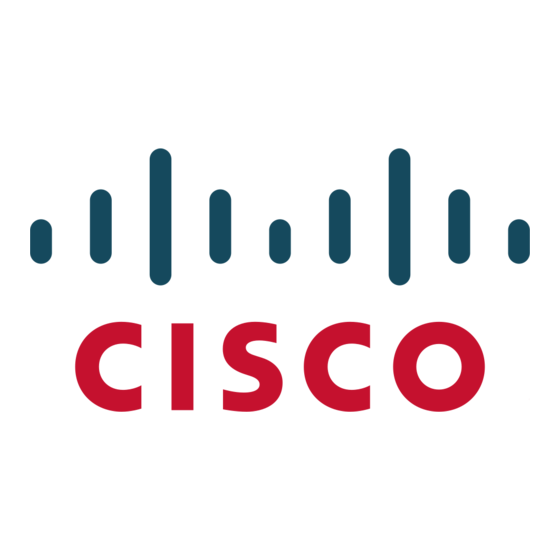Caveats
S e n d d o c u m e n t a t i o n c o m m e n t s t o n x 5 0 0 0 - d o c f e e d b a c k @ c i s c o . c o m
•
Resolved Caveats—Cisco NX-OS Release 4.0(1a)N2(1)
This section lists the resolved caveats for this release.
•
•
•
•
Cisco Nexus 5000 Series and Cisco Nexus 2000 Series Release Notes, Release 4.1(3)N1(1)
20
CSCsw66216
Symptom: When member fex-fabric ports are added or removed from a channel-group, frames
could be lost for few seconds until the Cisco Nexus 5000 Series switch and the Cisco Nexus 2000
Series Fabric Extender complete updating port-channel forwarding configurations. This impacts
existing traffic that is being redistributed to new port-channel member ports due to the configuration
change.
Workaround: None.
CSCsv70815
Symptom: The default VRF is the system default for a VRF setting. Ideally, applications using VRF
(such as TACACS+) assume a default VRF value if a VRF configuration is not specified by the
administrator. However, TACACS+ is not set up properly unless the default VRF is configured.
Workaround:
The Cisco Nexus 5000 Series switch supports two possible VRFs, the default and the management.
Configure the desired VRF when using TACACS+ service. You can configure the desired VRF using
either of these configurations:
aaa group server tacacs+ t1
server 10.193.149.54
use-vrf management
aaa group server tacacs+ t2
server 20.1.1.2
use-vrf default
CSCsv55655
Symptom: When the Cisco Nexus 5000 Ethernet port is configured in the 1 G mode of operation
using the speed 1000 command, it does not advertise and auto-negotiate the flow-control
configuration. As a result, the link peer does not learn about the capabilities of the Cisco Nexus 5000
Series switches and does not enable flow-control on its end.
Workaround: Disable auto-negotiation on the link peer and enable flow control for flow control to
work over the link.
CSCsv52513
Symptom: The VLAN interface 1 is internally created by the SVI daemon by default, so this VLAN
interface cannot be deleted from the CLI.
Workaround: None.
CSCsu50589
Symptom: If an invalid IP address is configured within a RADIUS configuration (such as a
RADIUS server), any manipulation of the RADIUS configuration causes timeouts to the console
such as show running-configuration or copy running to startup.
Workaround: Configure a valid IP address for a RADIUS configuration.
OL-16601-01

